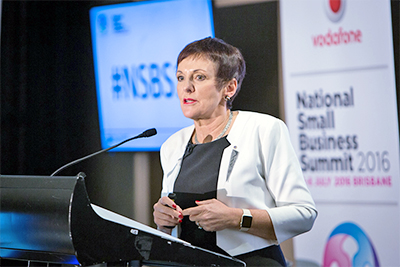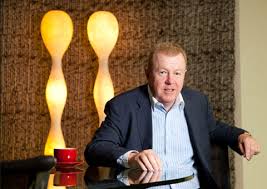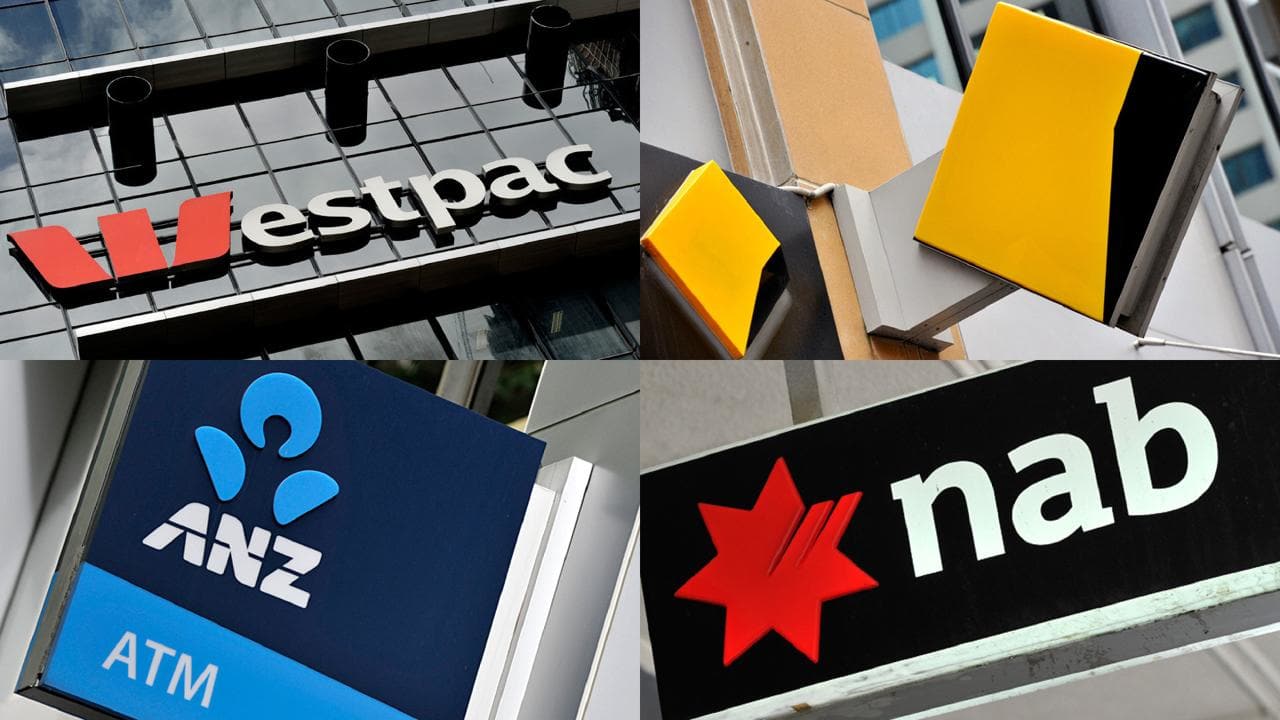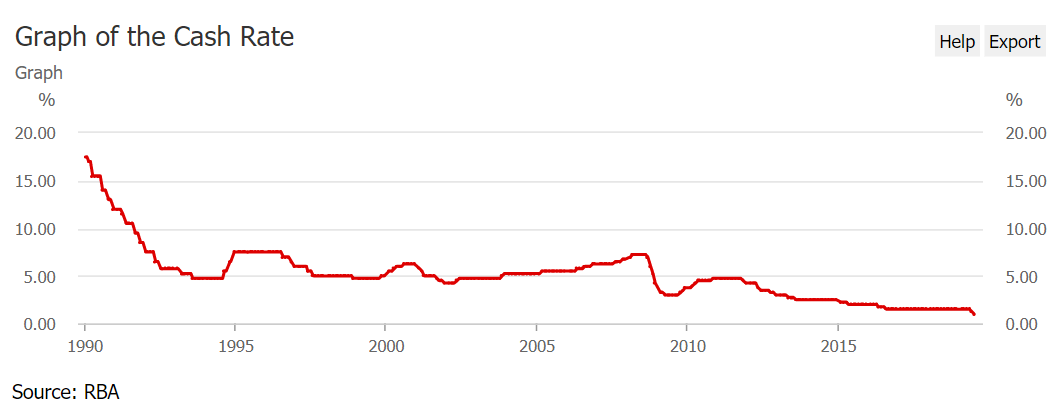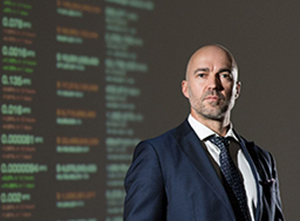Praemium puts the management back into wealth
By Leon Gettler >>
PRAEMIUM provides scalable managed accounts technology, portfolio administration and financial planning tools for the wealth management industry. It also has the only technology that offers wealth managers the most up-to-date portfolio reporting system.
The system gets all the tax components, valuations and CGT exactly right and up to date – no mean feat given the complexity of some Australian investments where someone might, for example, buy a stapled security and end up buying a property trust at the same time.
“If it’s complicated, here in Australia. Praemium is the only one that gets it right all the time,” Praemium CEO Michael Ohanessian told Talking Business.
“You get a free tax report every year and that’s Praemium. It doesn’t matter what you buy on the ASX. 
“You can buy Westfield like a stapled security, you can buy options and derivatives, you can buy anything you can possibly imagine, the ATO can change its mind by issuing a class ruling after a corporate action, it doesn’t matter what it is, that tax report is 100 percent right. Nobody else can claim that, that’s what’s unique about us.”
Mr Ohanessian said the technology had created an enormous data base. Praemium technology blows up every investor portfolio, 300,000 of them, and reconstructs it every night.
The portfolio can change from day to day. Prices change, companies merge or generate rights issues and share splits, the ATO might make rulings on their actions.
“So every day, when you wake up in the morning, and you look at your share portfolio on the Praemium system, whatever happened overnight, whatever happened even further back, your portfolio is correct,” he said.
“Your unrealised gains are correct, your realised gains, your franking credits are correct, your performance is correct, your valuations are correct.”
SELECTIVE ON STAFF
Mr Ohanessian said Praemium can do this stretching back in time.
He said this means the company has to be highly selective when recruiting its employees. They need special talents. Hiring and retaining key people is exceptionally important for Praemium.
This also means that Praemium is the only player in the platform space that operates internationally. 
It has offices in London, Dubai, Jersey, Hong Kong and Shenzhen, serving global markets. Melbourne and London are the company’s spokes.
Mr Ohanessian spends six months every year overseas. He says that it can’t be any other way.
“You can’t be an Australian technology company, get a little bit of success locally, hire some people overseas, visit them for a week every quarter and think it’s going to work,” he said.
“In a small company, developing a technology, transplanting that technology, modifying it to work in those markets and understanding the challenges your overseas teams have, the CEO has to be there.”
“At some point where Praemium becomes really big, with a lot of depth and experience in management all over the world, the CEO won’t need to spend half his time overseas, whether that’s me or someone else.”
Hear the complete interview and catch up with other topical business news on Leon Gettler’s Talking Business podcast, released every Friday at www.acast.com/talkingbusiness.
ends 

 How to resolve AdBlock issue?
How to resolve AdBlock issue? 